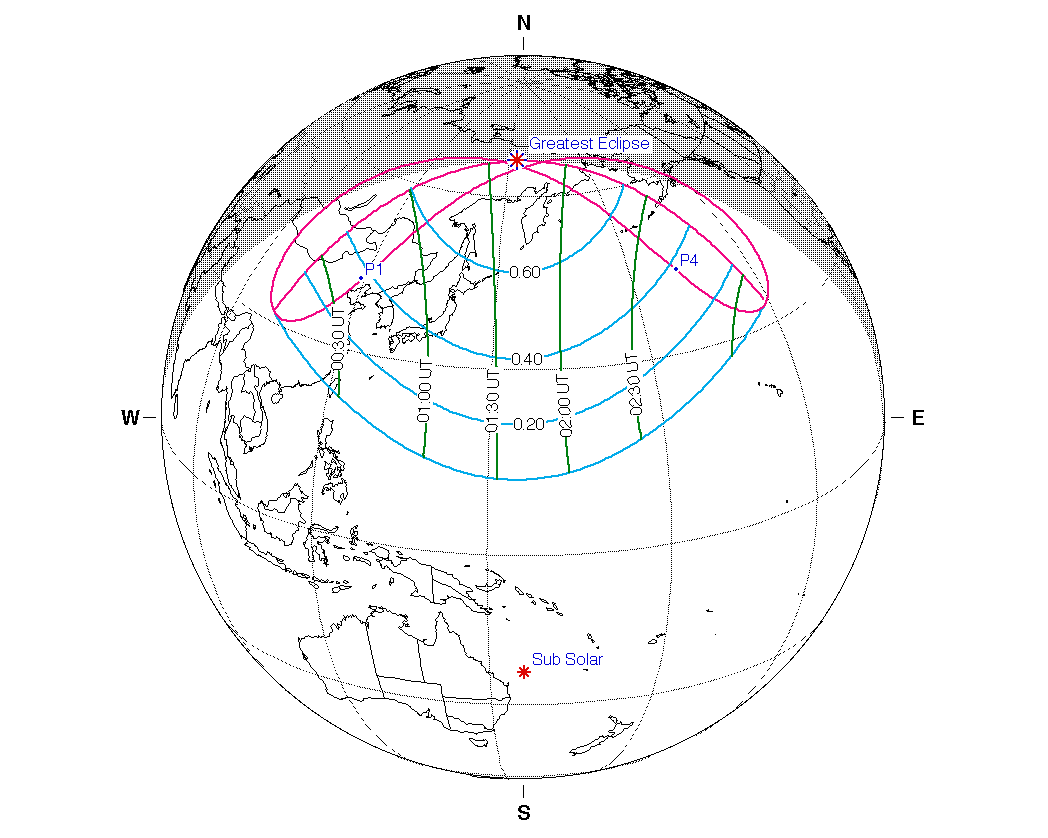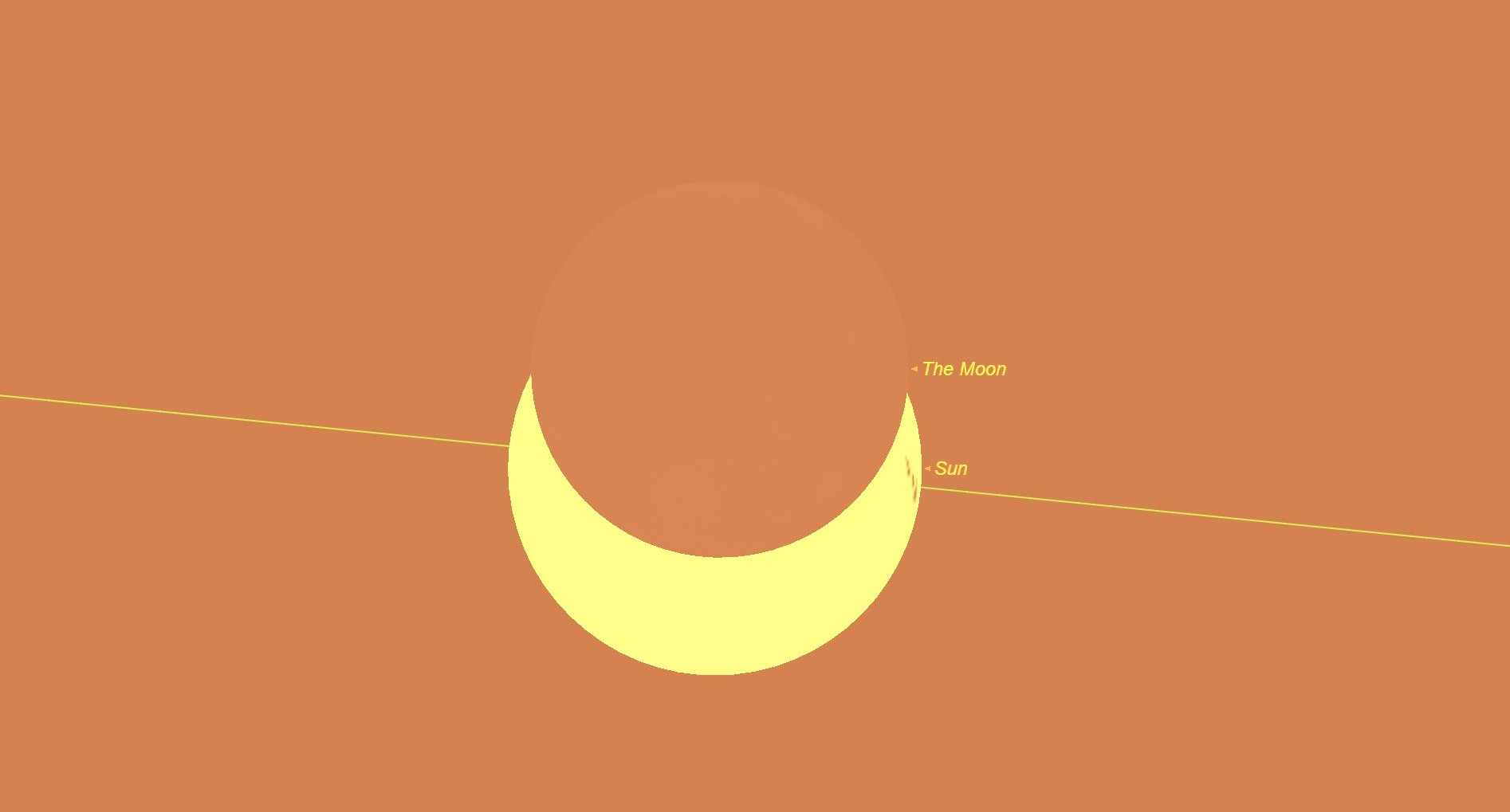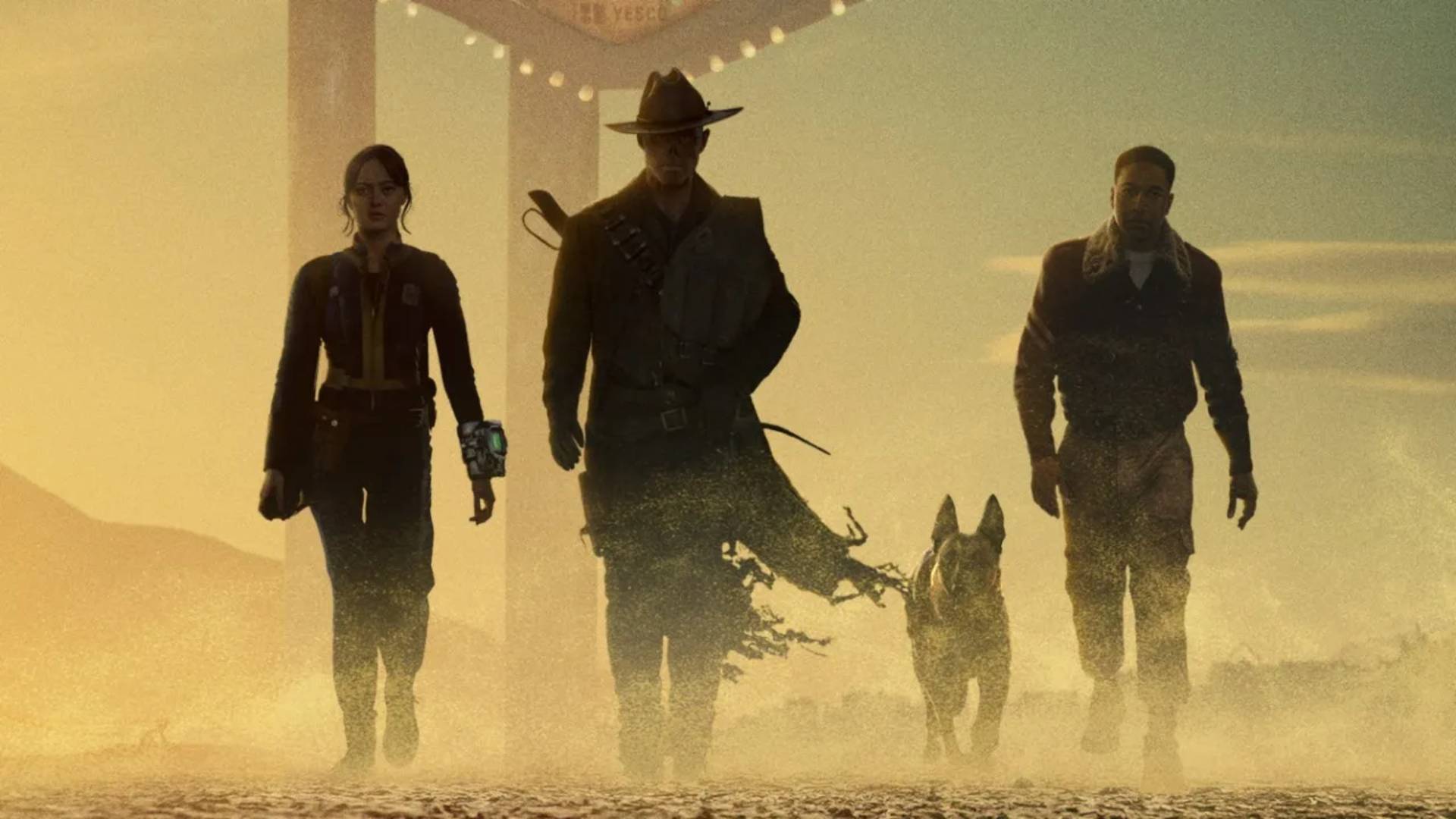Eclipse Season 2019 Kicks Off with a Partial Solar Eclipse This Weekend!
Many people of a certain age may remember a particular sketch performed by two iconic animated cartoon characters, Bugs Bunny and Daffy Duck. The two have a heated, comical debate about whether it's duck season or rabbit season.
But if such a deliberation were to occur now, an astronomer could easily put an end to it by declaring that neither Bugs nor Daffy is correct.
For, in truth ... right now, it's eclipse season! [Solar Eclipse Guide: When, Where & How to See Them]
More on this in a moment, but first let me tell you that during this first month of the new year we will have two eclipses, one of the sun and one of the moon. The lunar eclipse will be total, well-publicized and visible (weather permitting) to literally billions of skywatchers.
The sun eclipse, due to occur this upcoming weekend, is another story.
Partial obscuration, but unusual circumstances
Total solar eclipses can be seen only when the dark shadow cone of the moon, called the umbra, touches Earth's surface. For this upcoming eclipse, that cone will completely miss the Earth, passing approximately 560 miles (900 kilometers) above the North Pole. But the moon's outer shadow, or penumbra, will scrape a part of the Northern Hemisphere, resulting in a partial eclipse that will be visible to varying extents from Eastern Asia — most notably over Siberia, much of Mongolia, northeast China, Japan and Korea. Around the time of local sunset, the penumbra will also sweep a large swath of the North Pacific Ocean, as well as southwest Alaska, including the Aleutian Island chain.
As this shadow progresses east over the Earth's surface, it will pass across the international date line, resulting in a change in calendar date for the eclipse. To the west of the date line, over eastern Asia, the eclipse will happen on the morning of Sunday, Jan. 6. But to the east of the date line, over Alaska, the eclipse will happen during the afternoon of Saturday, Jan. 5.
Breaking space news, the latest updates on rocket launches, skywatching events and more!
So, on a worldwide basis, this eclipse will end the day before it begins!
Best views from East Asia
The greatest eclipse will take place over Siberia, in the Srednekolymsk District in the Sakha Republic of Russia (population 3,525), a region whose economy largely relies on fishing, farming of reindeer and hunting for pelts. Here, the very low winter sun only barely clears the southern horizon and is visible for just 2 hours a day. But on Sunday, five-sevenths of the sun's diameter will be hidden behind the moon at midday. The normally thick haze near the horizon could somewhat attenuate and redden the sun's light, making the sun look like a slice of cantaloupe.
From other locations, the moon will appear to take a much smaller bite out of the sun. Over East Asia this will be a mid- to late Sunday morning event. Tokyo will see 30 percent coverage; Seoul, South Korea, will get 24 percent, and Beijing 20 will see percent. Meanwhile, Taipei, Taiwan, will see barely any eclipse: Less than 2 percent of the disk area of the sun will be obscured as seen from there.
A list of local circumstances for these and other cities in China, Japan, South Korea and Taiwan has been compiled here, courtesy of astronomer Fred Espenak of eclipsewise.com.
It's now "prime time" for eclipses!
So, what is an eclipse season? It is a span of about a month during which eclipses are possible at both new and full moons, because the line of the nodes of the moon's orbit are pointed near enough to the sun. The moon's orbit is tilted to the orbit of the Earth at an angle of just over 5 degrees; the nodes are the two points at which the planes of the two orbits intersect — that is, the two points at which the moon appears to cross going either up or down through that imaginary line in the sky called the ecliptic.
More often than not, at new moon, the moon will pass either above or below the sun, so no solar eclipse takes place. Similarly, at full moon, the moon will glide either above or below the shadow cast by Earth, so no lunar eclipse occurs. But when the times of new and full moon occur at or close to a nodal crossing point, an eclipse is possible.
On Monday, Jan. 7, at 0008 GMT (7:08 p.m. EST), the moon will arrive at the descending node of its orbit — it will cross the ecliptic heading south. But new moon will occur 22 hours and 39 minutes before the nodal crossing. That's close enough to the node to produce an eclipse of the sun but far enough from the node that only a part of the sun will be covered.
Later this month
After the eclipse, the moon will continue on its way in its orbit around the Earth. On Sunday, Jan. 20, at 2244 GMT (5:44 p.m. EST), the moon will arrive at its other (ascending) node and cross the ecliptic while heading north. Just 6 and one-half hours later, the moon will turn full. And that full moon will be not only close enough to the node to enter the Earth's shadow, but also close enough to pass completely into the shadow and produce a dramatic total eclipse. This event will strongly favor the Western Hemisphere: North and South America will be facing directly toward the moon when totality occurs. Europe, too, will get a look just prior to moonset, early on Monday morning, Jan. 21.
Space.com will provide all the details of this spectacular sky show in the coming days, so stay tuned!
Editor's note: If you snap an amazing photo of the January 2019 solar eclipse that you'd like to share with Space.com and our news partners for a possible story or image gallery, send comments and images in to: spacephotos@space.com.
Joe Rao serves as an instructor and guest lecturer at New York's Hayden Planetarium. He writes about astronomy for Natural History magazine, the Farmers' Almanac and other publications, and he is also an on-camera meteorologist for Verizon FiOS1 News in New York's lower Hudson Valley. Follow us on Twitter @Spacedotcom and on Facebook. Original article on Space.com.

Joe Rao is Space.com's skywatching columnist, as well as a veteran meteorologist and eclipse chaser who also serves as an instructor and guest lecturer at New York's Hayden Planetarium. He writes about astronomy for Natural History magazine, Sky & Telescope and other publications. Joe is an 8-time Emmy-nominated meteorologist who served the Putnam Valley region of New York for over 21 years. You can find him on Twitter and YouTube tracking lunar and solar eclipses, meteor showers and more. To find out Joe's latest project, visit him on Twitter.



